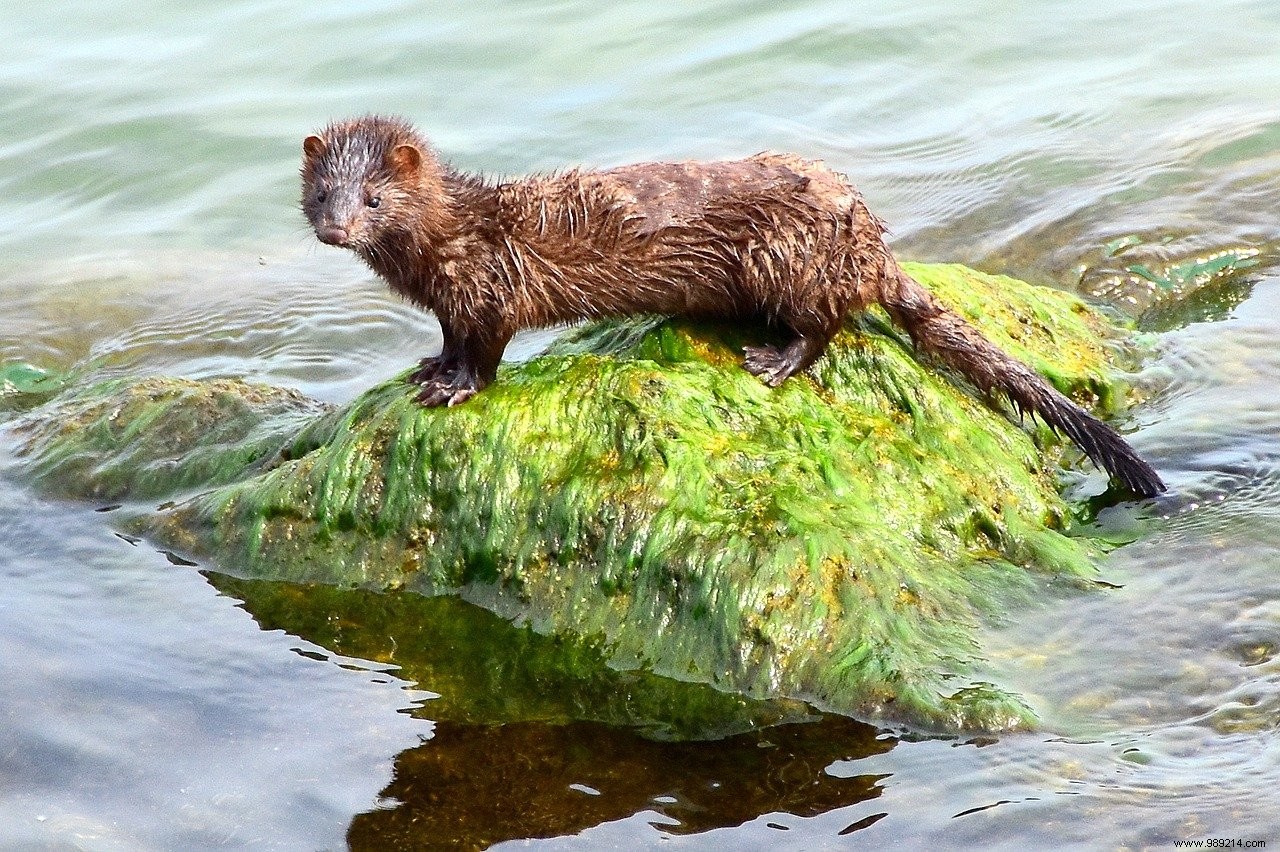Several dozen mink potentially infected with the novel coronavirus have recently escaped from farms in Denmark. Authorities fear that the virus will continue to mutate in nature, eventually spreading to other animal species.
At the beginning of November, Denmark decided to gass its seventeen million mink raised in cages for their fur. In question:the discovery in several specimens of a mutation of SARS-CoV-2 likely to be transmitted to humans. However, it seems that the authorities, in the rush, find themselves a little overwhelmed.
On the one hand, because the bodies of thousands of these minks buried in huge mass graves only one meter deep are beginning to rise to the surface . “ As bodies decompose, gases can be formed which swell the tissues and push the bodies out of the ground ” , indeed explains to the Guardian Thomas Kristensen, a police spokesman. In addition to the lack of depth, the ground where most of the mink were buried is also very sandy and loose, which favors the raising of bodies. More sand is already being poured over the pits to cover them again.
That said, this is not the only problem facing the Danish authorities. Indeed, still according to The Guardian , more than a hundred mink infected with SARS-CoV-2 may have escaped from these fur farms, increasing the risk that the novel coronavirus could spread to other wildlife.
“A few thousand mink escape each year, and this year around 5% of those escaped animals may have been infected with SARS-CoV-2 » , said Sten Mortensen, director of veterinary research at the Danish Veterinary and Food Administration.

This risk of transmitting the virus to other animals remains low as mink are solitary creatures. Sten Mortensen nevertheless points out that free-roaming cats and other members of the mustelid family could be at risk in the event of contact with infected mink feces . The researcher refers in particular to the European polecat (Mustela putorius ), a close relative of ferrets and minks, which can be found in Denmark.
In the event of silent spread in wild animals, SARS-CoV-2 could thus pose a " permanent pandemic threat to humans and animals " , said Marion Koopmans, head of viroscience at Erasmus University in Rotterdam (Netherlands). “ It is also possible that as the virus circulates, it will mutate to infect a wider range of animal species than it currently does ” , adds Joanne Santini, a microbiologist at University College London.